The final weeks before your big race bring a lot of anxiety and its a time when athletes start to question their fitness and training.
When you get to this stage 4 weeks out from your big event the training has been done and you are not really going to increase your fitness before the race, though you can certainly damage that fitness in the final 4 weeks by chasing fitness or on the other side not doing enough training and losing fitness.
Ironman is an extreme endurance sport and events of this duration do not require the taper process that we commonly hear about for endurance events. In fact if we look at the history of the taper it was primarily used successfully for relatively short anaerobic events such as track running and swimming which physiologically are far removed from the demands of ironman. When looking for a similar sport we have to look at cycling or ultra running and athletes in these sports do not really use a conventional taper and rather build straight into the events with any significant rest taken a long way out from the event.
Ironman athletes who adapt the conventional 3 week taper process into events generally will go into the event with reduced fitness and not feel their best on race day.
On the other side i see triathletes who are always searching for more fitness and this almost becomes a panic in the final weeks before race, the need for one more long ride or run to test fitness is just what is needed to tip the athlete over the edge and lead to illness or injury which is inevitably going to lead to a sub par performance on race day.
So if we do not taper as conventional endurance athletes then what do we need to look at in the final 4 weeks before an event.
First and foremost is routine, we are creatures of habit, panic and uncertainly result from us not following our routines. This routine applies directly to training, the final 4 weeks of training should follow a very similar plan to that which the athlete has been following. If you have gone for weeks doing your long ride on a Saturday and long run Sunday then we want to maintain this pattern even if the training volume or prescription is slightly different.
Saying that we want to maintain routine we still want to incorporate some rest time – the amount of rest is very individual and depends on the athletes life and training levels leading into this period. An athlete who is very consistent with training is likely to be more mentally fatigued from the training and would benefit from more rest time but at the same time this athlete will need a period of regular training leading into the race to feel both normal and confident, this will be the athlete who does not believe tapers work for them!
With this athlete i would start to incorporate a very light period of training over a 5-10 day period and include maybe 1-2 rest days in this time, this period though would happen in the 3-4 weeks out from the race period so the athlete can have a good period of regular training again before the race.
For the athlete who is less consistent with training having a rest day or 2 in the final 10 days before the race is not going to effect them mentally or physically as they will be used to having days off here and there while training for whatever reasons be it family pressure work or just the need for a rest day.
Athletes need to know that rest in this final period before the race is not going to make them feel good and fresh, most of the time rest is going to make the athlete feel more fatigued and less fit as the body given this opportunity to ease off the gas pedal goes into a deeper recovery and regeneration phase then the mini regeneration phases we take on a normal day. An athlete not aware this is going to happen will panic and feel the need to go out and get fitter and train when they are supposed to be resting or they will constantly feel the need to test themselves while training and push harder than any given session requires.
Training during the final 4 weeks needs to take into account this rest period and how it fits best for different athletes. For any athlete i will have finished this rest period 10 days out from the race and the final 10 days will see the athletes follow a training plan very similar to one they will have used during their main preparation phase. In the days 7-10 days out from the race i will have athletes complete their regular long run and bike normally run 10 days out and bike 7 days out. Then in the final days before event once further longer ride is used 3 days out from the race to make sure the body is burning fuel as required for race day.
Again this is highly individual and through coaching specific athletes you will see some athletes lose endurance performance very quickly within a short number of days while others can do very little endurance training and never have an issue with the endurance side of the race.
For athletes who lose endurance capacity quickly then a longer easy paced ride as close as 2-3 days out from the race can see great performance gains on race day.
As we enter the final 4 weeks before our main race we need to ensure the plan is set for us individually and followed, we need to know what is to be expected with feelings in training and mentally and the obstacles that we will face as a result of this.
One final thing i like athletes to start to think about in these weeks is building energy for the race day, we should see this time as being like a caged animal, we can always want more training, we can always want to test our fitness but we have to keep this under wraps and just follow the plan. Athletes who follow this are buzzing race week as they can’t wait to get out there and explode, whereas on the other side the athlete who has constantly tested and pushed for more fitness just looks exhausted and down in race week and almost dreading the start rather than anticipating it.
Enjoy your fitness!
Alun “Woody” Woodward
ironguides is the leading Lifestyle Facilitation company for athletes of all abilities. We provide coaching and training services, plans and programs, as well training education, health and fitness products to help you learn and live a healthy lifestyle. Come get fit with one of our monthly training subscriptions, event-specific training plans, coaching services, or a triathlon training camp in an exotic location! ironguides also provides Corporate Health services including Corporate Triathlons, Healthy Living retreats and speaking engagements. At ironguides, your best is our business!
Train with ironguides!
Personalized Online Coaching: Starting at USD190/month
Monthly Training plans (for all levels, or focused on one discipline): Only USD39/months
Event based training plans:
Sprint Distance (USD45 for 8-week plan)
Olympic Distance (USD65 for 12 week plan)
Half Ironman (R$95 for 16-week plan)
Ironman (USD145 for 20-week plan)
X-Terra (USD65 for 12-week plan)
Running Plans (10k, 21k and 42k – starting at USD40)

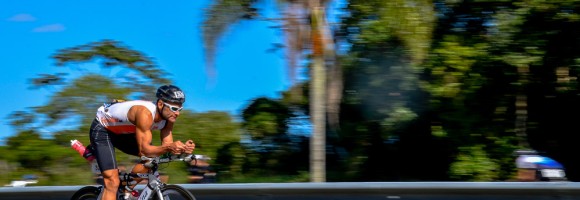


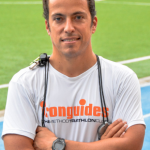


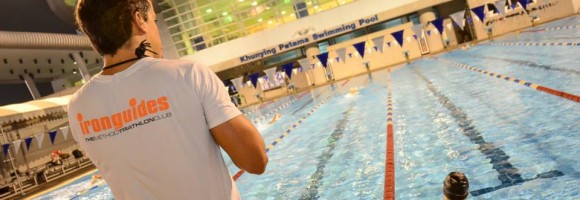
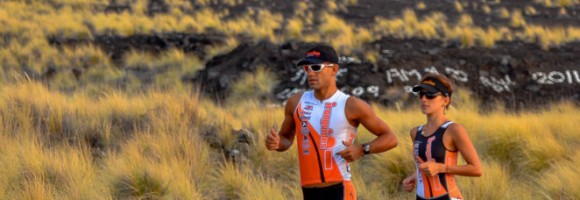
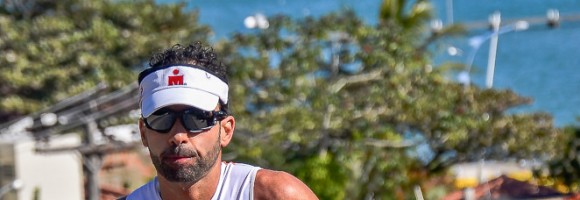
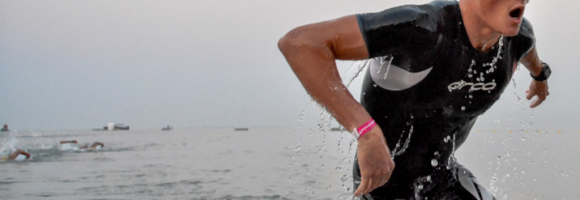
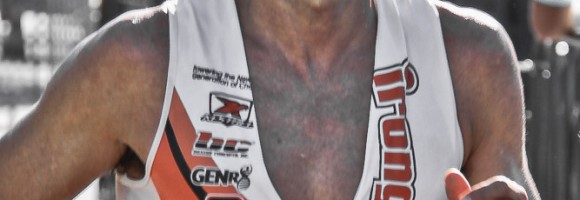
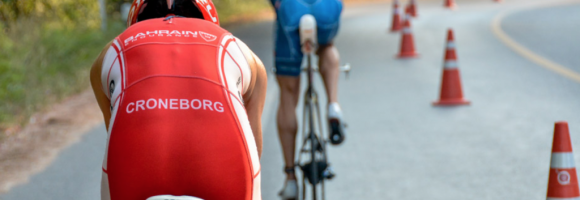
Recent Comments